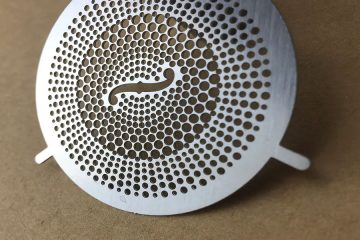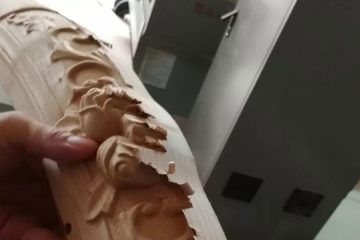Communication is one of the important technologies in the current field of information transmission. Its fast and stable transmission speed makes data transmission more efficient. However, traditional optical communication systems have the problem of high energy consumption, which limits their development in large-scale applications.
Optical communication structural parts problems
Cavities in traditional optical communication systems are an important part of enhancing machining optical parts and signal transmission. However, this cavity structure consumes high energy, resulting in low energy efficiency of the entire optical communication system. Therefore, we need an efficient communication structure to reduce energy consumption.
breakthrough
Researchers have proposed a new efficient communication architecture to break through the energy consumption limitations of traditional optical communication cavities. The architecture uses new materials and design concepts to effectively reduce energy consumption and improve transmission efficiency. Optical communication structural parts
- First, researchers use high refractive index materials to build cavities, which can reduce the loss of optical signals and improve transmission efficiency.
- Second, they adopted a new design concept that divided the cavity into multiple areas, each with different functions.
Therefore, optical signals in different areas can be optimized to further improve transmission efficiency.
Application prospects
This new type of efficient communication architecture has broad application prospects.
- First, it can provide more stable and efficient communication services and improve overall data processing efficiency, such as in large-scale information transmission scenarios such as data centers.
- Secondly, in the field of Internet of Things and smart home, it can provide faster and more reliable connections and realize interconnection between smart devices.
All in all, this new efficient communication architecture will bring new breakthroughs to the field of information transmission and promote the development and application of data transmission by breaking through the energy consumption limitations of traditional optical communication cavities.


